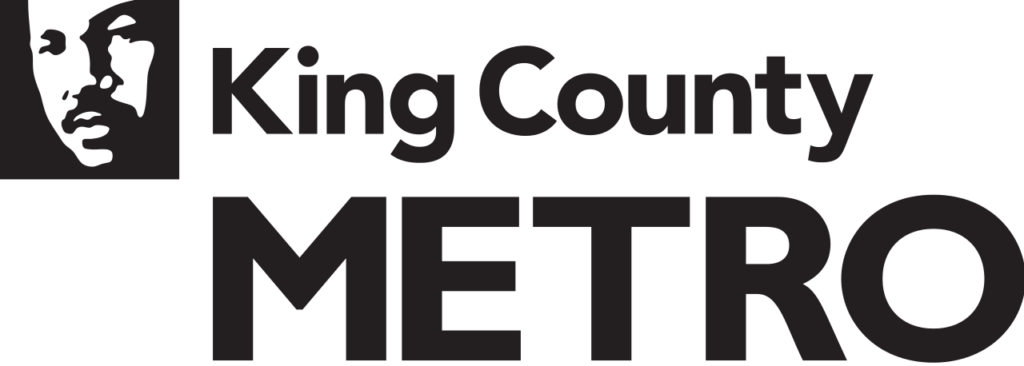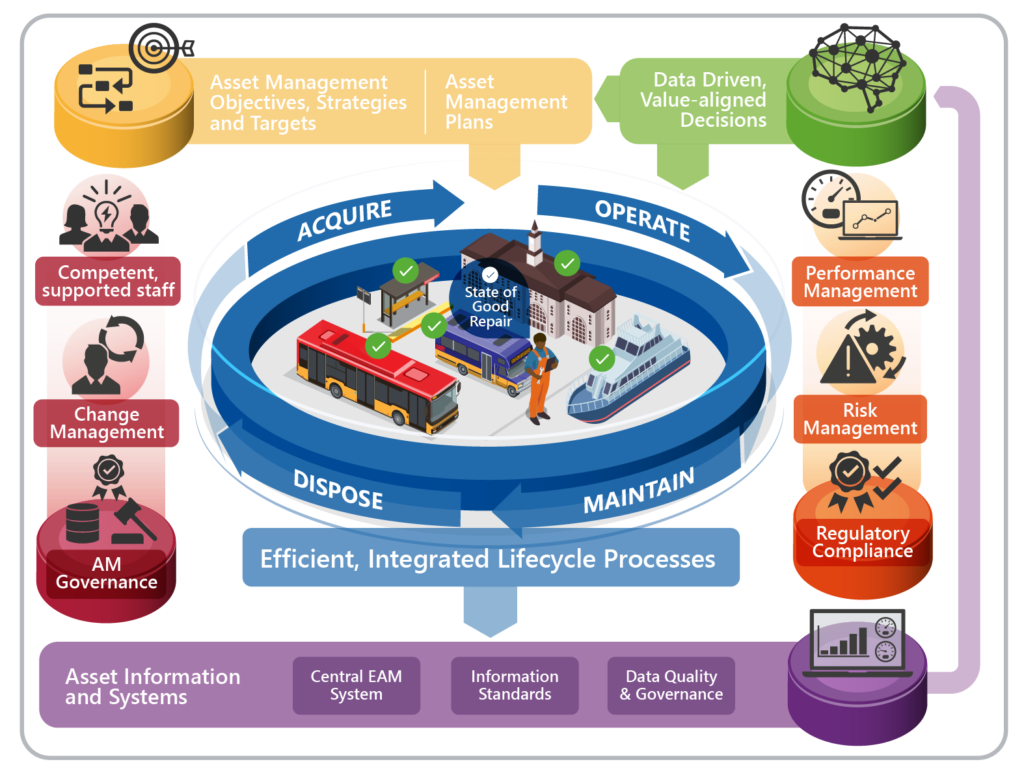
Location:
USA
Sector:
Transport
King County Metro (Metro), a department of King County government, provides public transit throughout King County, Washington. Metro serves a population of over 2 million people and provided 430,000 daily trips prior to the COVID-19 pandemic. Metro operates about 1,500 transit buses on 212 fixed-routes, as well as managing rail, ferry and facility assets.
As the custodian and steward of public assets worth over $5 billion, Metro recognizes the responsibility and opportunity placed upon it as a regional Asset Manager and the direct link between how effectively assets are managed and their success in delivering the organization’s vision.
To better position Metro to meet its strategic goals, modernize work practices, and reduce the cost of their services, Metro has elected to pursue an Asset Management Business Transformation. Transformation includes a range of initiatives to improve Asset Management processes, organization & people, information, and technology.
To support transformation, Metro engaged AMCL to provide extensive Asset Management services. AMCL has worked closely and collaboratively with hundreds of Metro and King County staff to:

The project realized significant change and benefits for Metro: